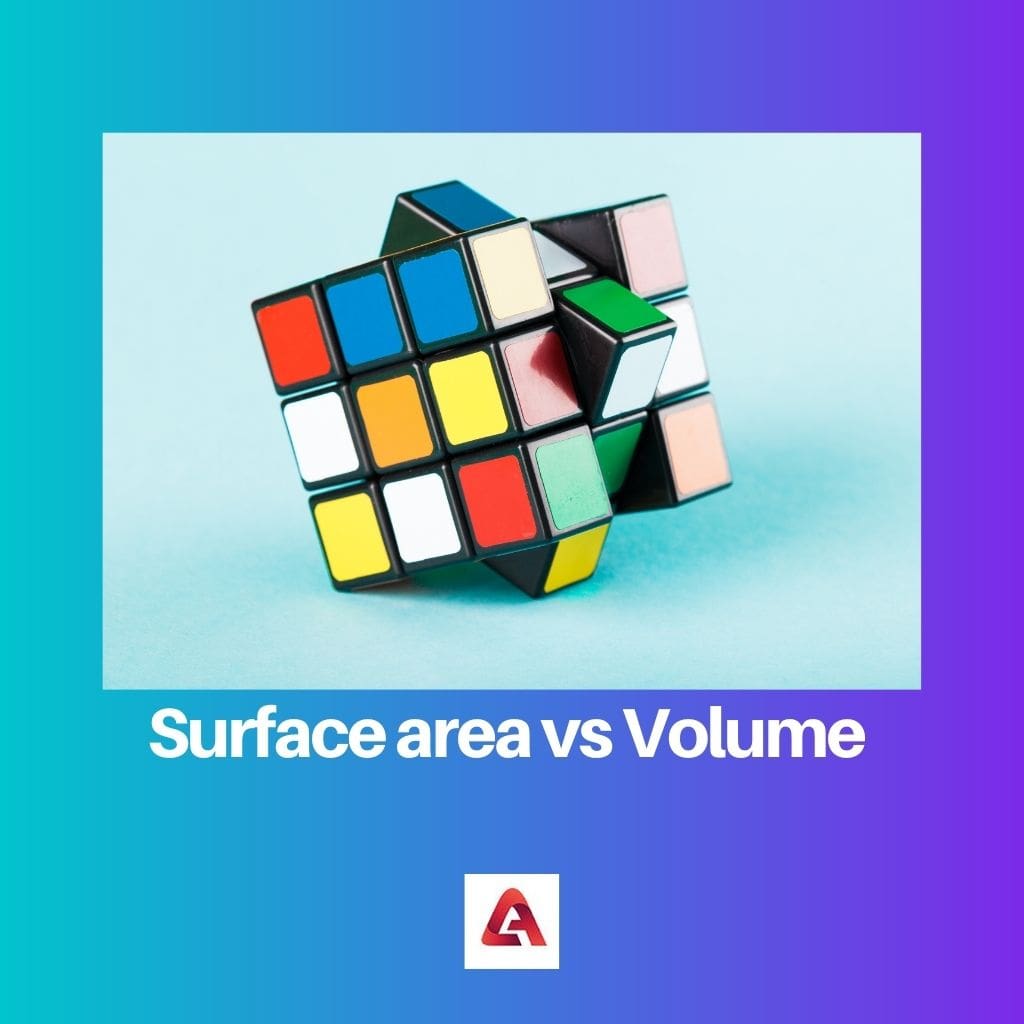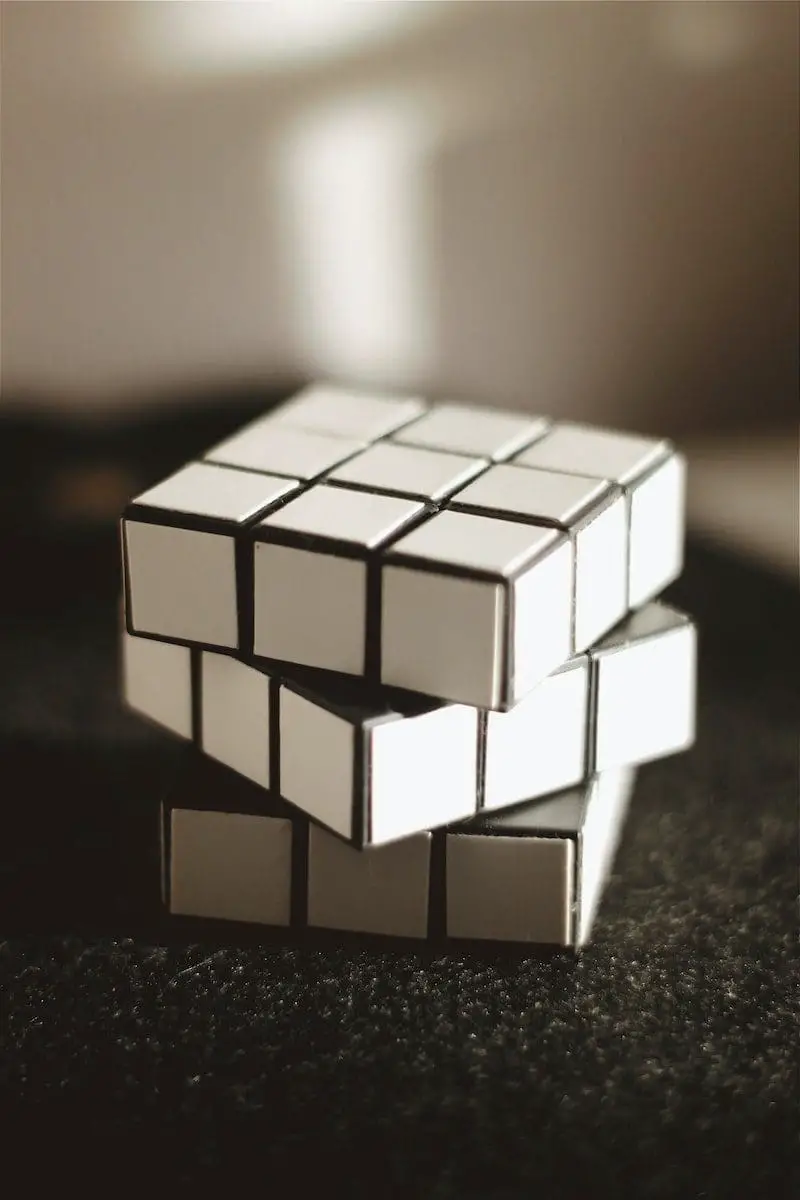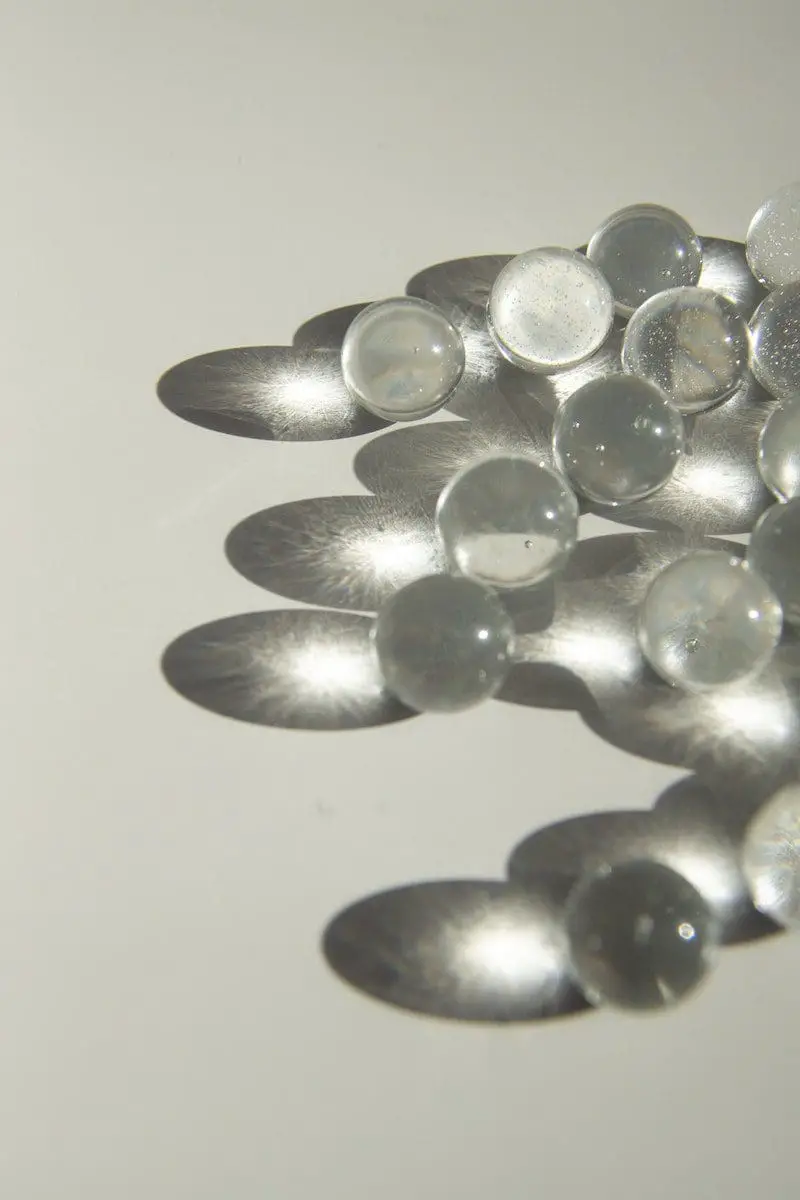Mathematical methods have a broad scope in almost every field, be it Economics, Physics, Geography, or any other. Detailed knowledge and correct usage of Surface Area and Volume are essential to excel and achieve perfection.
Both concepts become significant while solving real-life measurement problems and are studied under the Mensuration unit. Methods of Integration find applications in calculating the Area and Volume of irregular and complex surfaces.
Key Takeaways
- Surface area measures the total exterior area of an object, whereas volume measures the amount of space an object occupies.
- Surface area is expressed in square units, while volume is expressed in cubic units.
- Surface area influences an object’s environmental exposure, while volume determines its capacity or size.
Surface Area vs Volume
The difference between Surface Area and Volume is that the Surface Area measures the area occupied by the uppermost layer of a surface. Put differently; it is the area of all the shapes/planes that make up the figures/solids. In contrast, volume measures the carrying capacity of a figure/shape or the space enclosed within the formation.

Comparison Table
| Parameter of Comparison | Surface Area | Volume |
|---|---|---|
| Definition | It is the area of all the shapes/planes that constitute the uppermost layer of a figure/solid. | It is the space contained in the 3-D solid/figure or the amount of air inside it. |
| Dimension | It is a 2-Dimensional concept. The answer is always in a unit square like m² or cm². | It is a 3-Dimensional concept. The answer is always in a unit cube like m³ or cm³. |
| Is it calculated for? | Surface Area can be calculated for any figure in the plane or space. | Volume is calculated for solids only because they have three dimensions. |
| Real-life examples | We find the surface area to estimate the size of the walls to be painted to calculate the costs. | We find Volume to estimate how many goods can be kept in a store. |
| Methods to calculate | By integration using the arc or the revolution of arc concept for complex figures/solids. | They are integrated using the disk, washer, or cylindrical shells methods. Some formulas are exceptional cases of the way, as in: For cube = S*S*S. |
| Some formulas are predetermined as in: For Square= S*S and Sphere=4πr². |
What is Surface Area?
Surface Area is the total area covered by the surface. If we convert our character into a 2-D Plane and then calculate the entire area, we get the Surface Area.
It can be calculated for any figure; for a one-dimensional line segment, the surface area is zero.
We’ll always have positive values as the area is a scalar with only magnitude. Whatever the dimension of the surface, the area has two dimensions, and Hence, it would have units like m² or cm² or mm².
It is a widely used concept by Architects and is very important and helpful for even the common man. For example, to estimate the time, speed or cost of painting walls, laying down fences or delimiting the constituencies, etc.
Some Formulas:
- Square: S*S
- Rectangle: L*B
- Sphere. : 4πr²
- Cone. : πr(l+r)
Several Methods to find the Area of complex figures were formulated: The method to find the Surface Area is to visualize the solid or 3-D object as a revolution of a plane curve. For example, we can generate a sphere by revolving a semi-circle.
In this case, the area is the total of all curved surface Areas of tiny cylindrical pieces that can be cut. Here is when integration comes to play; area equals integration of 2πf(x)√(1+(f'(x))²) concerning x from x=a to x=b.

What is Volume?
Volume is the carrying capacity or the amount of air contained inside a solid/figure. It can be calculated for figures that have more than 2 dimensions.
We’ll have positive volume values because it is a scalar with only magnitude. The Volume is 3-Dimensional, and Hence, it would have units like m³ or mm³ or cm³.
It is widely used in businesses to estimate storage capacity and in scientific equipment like beakers, syringes, etc. For example, to store grain sacks or to measure medicine.
Some Formulas:
- Cube: S*S*S
- Cuboid: L*B*H
- Sphere. : ( 4/3) πr³
- Cone. : (1/3)πr²h
Methods to Calculate Volume of complex and irregular figures:
- Volume by slicing: If the cross-sectional area of a solid is known, we can find the volume by integrating the area as a variable’s function for the variable’s domain.
- Volume by disks: By visualizing the solids as a revolution of a plane figure. We can then estimate the cross-sectional area of the small and small pieces of the solid. The volume would be the integration of π(f(x))² concerning x for the domain of x.
- Volume by washers: In this case, our solid of revolution is formed by a region between two planes/curves. The cross-sectional area would be washer shaped, and Volume would be the integration of π[(f(x))²- (g(x))²] concerning x for the domain of x.
- Volume by Cylindrical Shells: We can also solve the above problems without calculating the cross-section area by visualising our solid as a body of encircled fragile cylinders. The Volume is the integration of 2πxf(x) concerning x for the range of x.

Main Differences Between Surface Area and Volume
- The Surface Area is the total area of the planes that form a surface/shape, while Volume is the space enclosed within a figure/shape/surface.
- The Surface Area is a 2-Dimensional concept with units m², cm² or mm², whereas Volume is a 3-Dimensional concept with m³, cm³ or mm³ as units.
- Surface Area can be found for 2-D figures like circles, squares, and rectangles, but Volume cannot be found for them. At the same time, both can be found for 3-D solids/figures like Cube, Sphere, Cylinders, or Cones.
- Surface Area is found for estimating the area of walls to be painted, while Volume is found to estimate storage capacity within walls.
- The area is calculated by integrating the arc or the revolution of an arc (depending on the figure), while Volume is calculated by integrating the revolution of a surface. These methods are used while considering very complex functions and are a part of higher-level studies.

- https://sora.unm.edu/sites/default/files/journals/condor/v076n03/p0319-p0325.pdf
- https://pubs.acs.org/doi/full/10.1021/jp060433+

The in-depth exploration of calculating surface area and volume through different methods is commendable. This article offers a great deal of insight into the practical applications of mathematical techniques in varied real-world scenarios.
I couldn’t agree more, Bbell. The article succeeds in fostering a deeper appreciation for the significance of surface area and volume in our everyday lives.
Absolutely, Bbell. The focus on integrating real-life examples with mathematical principles makes it an engaging read for individuals across diverse fields.
The extensive comparison table and detailed explanations make this article an indispensable resource for students and professionals alike. It offers a holistic understanding of surface area and volume, catering to diverse audiences.
Well said, Wrussell. The depth of analysis and practical relevance of the content makes it a valuable reference for anyone seeking to grasp the intricacies of mathematical methods.
I couldn’t agree more, Wrussell. The comprehensive nature of the article ensures that readers gain a thorough comprehension of surface area and volume.
A well-structured comparison between surface area and volume, with concise explanations and relevant examples. It is a valuable resource for those seeking to deepen their understanding of these mathematical principles.
I couldn’t agree more, Stephanie Thompson. The article effectively dissects the intricacies of these concepts, providing readers with a comprehensive understanding.
An insightful exploration of surface area and volume, catering to a diverse readership. The practical applications outlined in the article make these mathematical concepts relatable and engaging for a wide audience.
Absolutely, Megan63. The real-world relevance of surface area and volume is effectively communicated, ensuring that readers from all backgrounds can benefit from this resource.
I couldn’t agree more, Megan63. The practical insight into surface area and volume serves as a compelling educational tool for individuals across diverse sectors.
This article is extremely useful, especially for students studying mensuration. The practical examples and formulas provided are invaluable for understanding how these mathematical concepts are applied in real-life scenarios.
Absolutely, Bailey Toby. The real-life examples help in bridging the gap between theoretical knowledge and practical application, enhancing the learning experience.
The real-life examples and detailed formulas make this article a comprehensive guide to understanding surface area and volume. The integration of theoretical knowledge with practical applications ensures a well-rounded learning experience.
I agree, Kirsty Turner. The multi-faceted approach taken in this article enhances the accessibility of surface area and volume concepts for readers.
Absolutely, Kirsty Turner. The blend of theoretical and practical insights makes it an enriching read for students and professionals in various disciplines.
I appreciate the comprehensive approach taken in this article to demystify surface area and volume. It effectively caters to both students seeking foundational knowledge and professionals requiring a refresher on these concepts.
Well articulated, James Powell. The section on ‘What is Surface Area?’ and ‘What is Volume?’ provides a solid understanding of the core concepts.
Absolutely, James Powell. The detailed explanation makes it an essential resource for anyone looking to enhance their knowledge of mathematical methods.
This article provides a clear explanation of surface area and volume, making it accessible to a wide range of readers despite the complex nature of the subject matter.
Agreed. The comparison table effectively highlights the distinguishing features between surface area and volume, serving as a quick reference guide.
Well said, Tyler49. The formulas and methods to calculate surface area and volume are concisely presented, making it easy for readers to comprehend.
An excellent breakdown of the difference between surface area and volume, and their practical applications in various fields. Highly informative and well-structured article!
You’re absolutely right, King Eileen. I particularly appreciated the section on the methods to calculate surface area and volume. Very insightful.
The article’s emphasis on the practical implications of surface area and volume in real-life situations is noteworthy. It effectively highlights the indispensable value of these mathematical methods in various fields.
Absolutely, Nikki Stevens. The practical examples serve as a bridge between theoretical concepts and their applications, offering readers valuable insights.
I agree, Nikki Stevens. The article effectively contextualizes surface area and volume within everyday scenarios, enriching the understanding of readers.